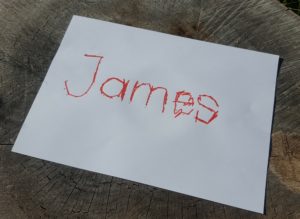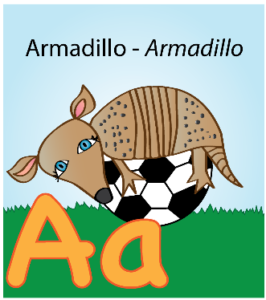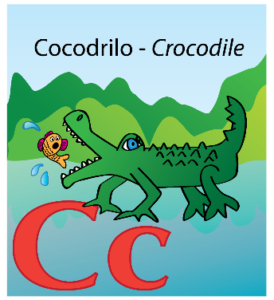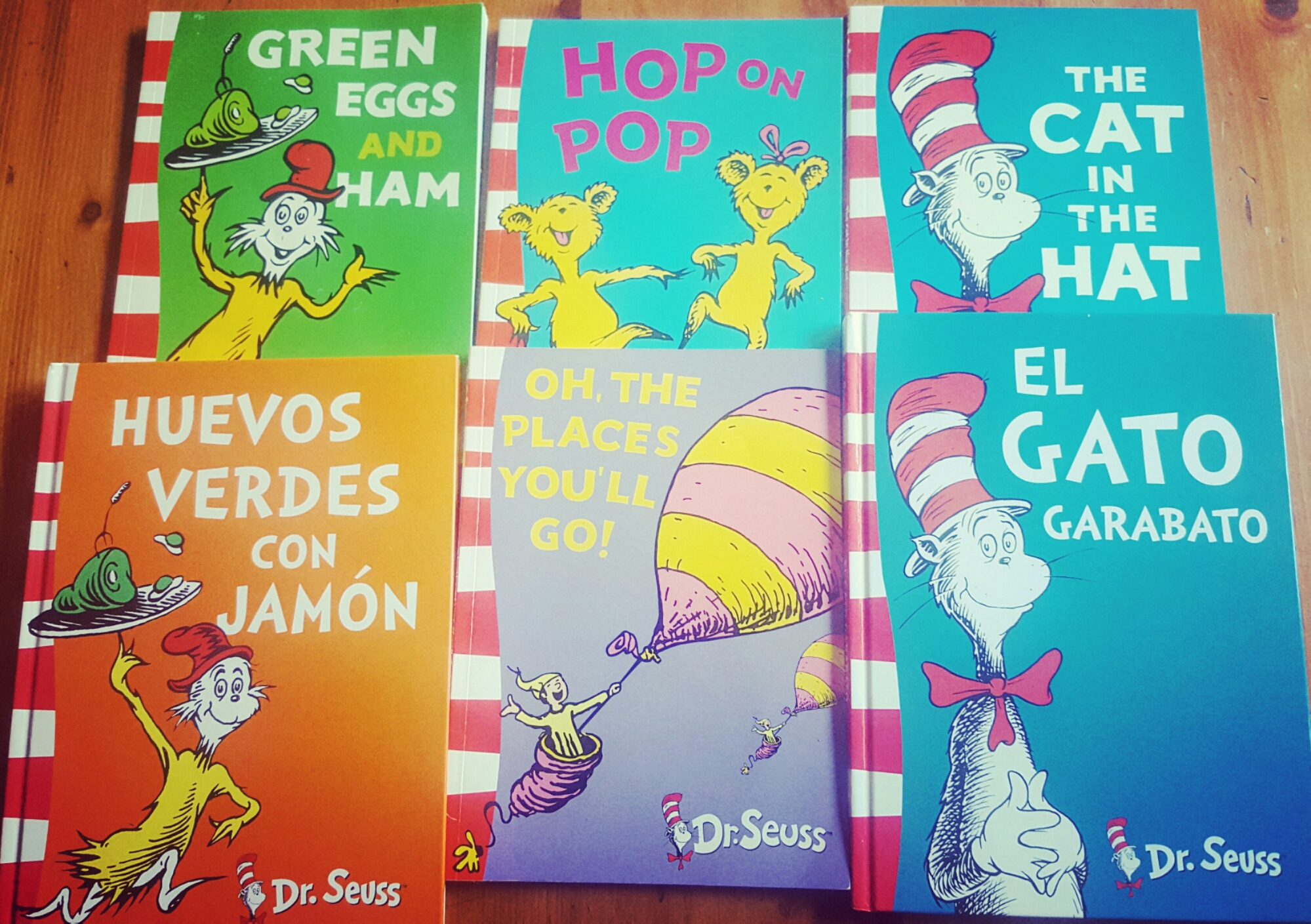Let’s go on an adventure around the world! Millie and Mr Raccoon discover the world outside has turned completely grey. When they find a mysterious treasure box and a map, they set off on a spectacular adventure! Can they find the colours of the world? In this read-aloud, we follow Millie and Mr Raccoon in their quest for colour around the world. In their journey, they visit the UK, the Netherlands, Kenya, Brazil, Mexico, India and Japan where they meet new friends and find treasures along the way.
Find the book on Amazon here: https://amzn.to/2XKRWLb



